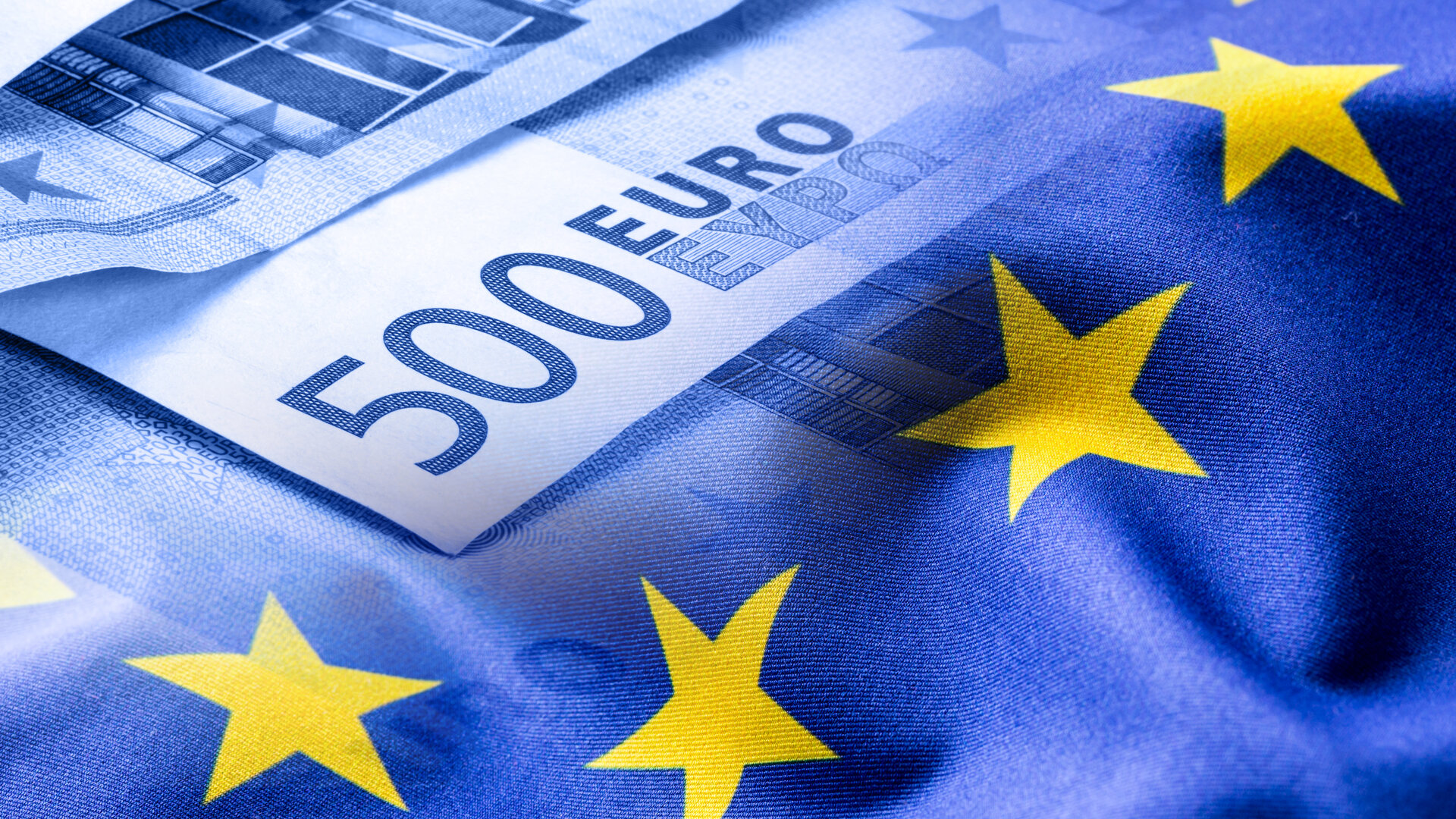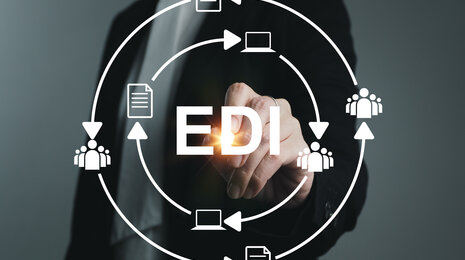Is Europe a poster child for bureaucracy? That might soon change: The ViDA initiative (VAT in the Digital Age) marks a major milestone on the path to digital transformation—and as of March 11, 2025, it’s officially approved. With ViDA, the European Commission is launching a sweeping reform of VAT regulations. Sound like political lip service, something far off in the future, or just too complex? Time for a fact check! We’re breaking ViDA down to the essentials and highlighting the key benefits.
ViDA – Europe’s answer to red tape and VAT fraud
It’s no secret: cross-border transactions within the EU are costly, inefficient, and riddled with bureaucratic red tape. With so many national regulations, it’s hard to keep track. The current system is prone to errors and opens the door to VAT fraud. And fraud comes at a high cost: according to the German Bundesrat (document 48/23), the EU’s VAT gap in 2020 was estimated at €93 billion.
Five key benefits of ViDA – for businesses and governments alike
The European Commission wants to change course. After all, you can’t turn a profit in the long run if you're constantly losing revenue. ViDA aims to replace fraud and administrative burden with efficiency and increased revenue. Here are five major advantages for Europe:
- Goodbye bureaucracy – a unified digital solution for all member states
Conflicting regulations drive up administrative costs and increase risk. ViDA introduces standardized digital reporting requirements for invoices and transactions. The program emphasizes clarity, transparency, and automation—paving the way toward a truly paperless office.
- Real-time invoicing and reporting – transparent and efficient
ViDA makes e-invoicing mandatory across Europe. Companies will be required to generate, send, and store invoices digitally. At the same time, transaction data must be reported to tax authorities in near real-time. This gives businesses a clear view of all transactions, improves liquidity planning, and reduces fraud risk.
- Digital liberation – less effort, more efficiency
Automating VAT processes drastically reduces administrative effort. Manual, error-prone processes and costly correction cycles will become a thing of the past. Businesses that already use EDI solutions—or adopt them early—will benefit most: saving time, cutting errors, and reducing operating costs.
- Better compliance – lower risk
Real-time digital systems make it easier to comply with tax laws. Automation ensures that tax collection is more effective and transparent. ViDA reduces compliance risks and protects companies from costly back payments and penalties.
- ViDA – fuel for clearer processes and faster cash flow
By digitizing VAT processes, businesses can streamline their financial planning. Invoices are processed faster, payments are made more quickly, and cash flow improves. This efficiency pays off—especially in international trade—both financially and operationally.





